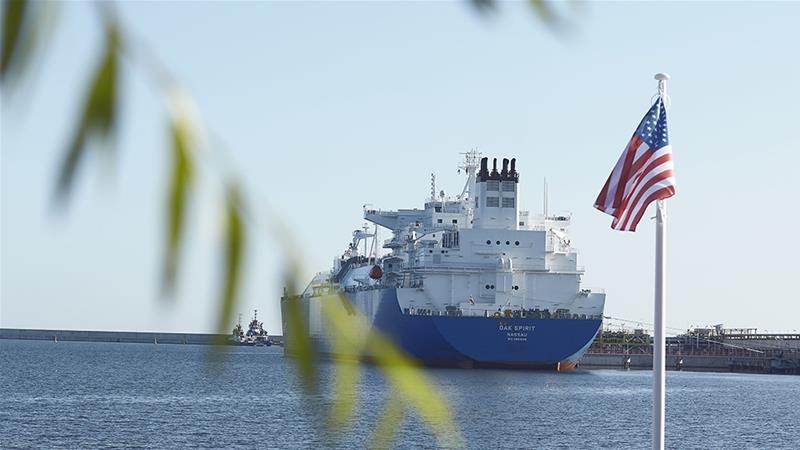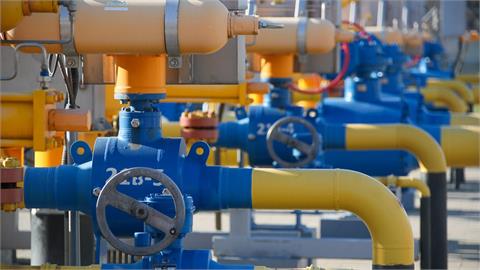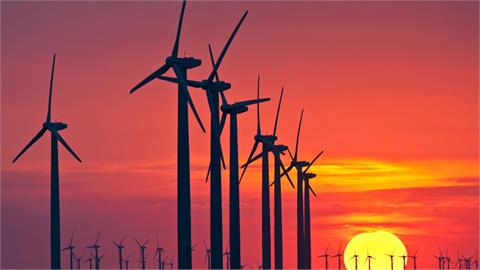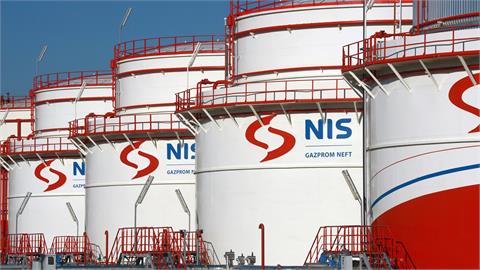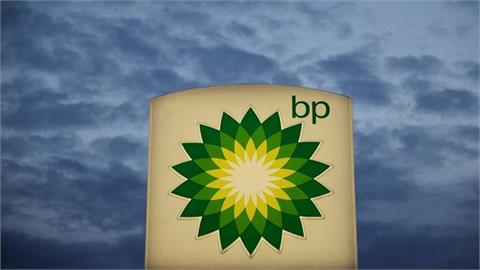Two geostrategic energy alliances are crossing swords over southeastEuropeand the eastern Mediterranean. Between them, they plan billions of dollars' worth of competing infrastructure projects. And the ones that succeed will create the regional energy map of the future.
By John Psaropoulos
Two geostrategic energy alliances are crossing swords over southeastEuropeand the eastern Mediterranean. Between them, they plan billions of dollars' worth of competing infrastructure projects. And the ones that succeed will create the regional energy map of the future.
On one end of the piste stands the Russian-Turkish energy alliance, which seeks to boostRussia's natural gas exports through new pipelines, along withTurkey's status as an energy transit hub to Europe.
On the other end stands the rapidly advancing liquefied natural gas (LNG) industry and its new champions, theUnited States, Israel, Egypt, Cyprus andGreece.
Both alliances are vying to sell natural gas to the European market as it pursues an ambitious decarbonisation plan - one which aims to bridge Europe'stransitionfrom coal to renewables by importing increasing amounts of natural gas over the next decade.
"All of our region has seen a mad race over the past two years, [one] that will determine who will beat the others out to be Europe's main supplier," says Ioannis Desypris, a director at Mytilineos Group, Greece's leading independent electricity producer and gas trader.
"All the forecasts predict that at least until 2040, when other technologies may be available, the energy transition to those technologies will depend on natural gas," Despypris tells Al Jazeera.

Ready ... set ...
Turkey and Russia have a head start on the LNG crowd. This week, presidents Recep Tayyip Erdogan and Vladimir Putin plan to inaugurate the operation of the first leg of Turkish Stream. Also called TurkStream, it consists of an undersea pipeline running 930km (578 miles) from the Russian Black Sea coast to Kiyikoy, west of Istanbul. It will carry 15.75 billion cubic metres of Russian gas a year to Turkey for domestic consumption.
Asecond legof TurkStream slated for construction is designed to carry that much again into southeast Europe through Bulgaria, Serbia and Hungary, further cementing the region's dependence on Russian gas.
TurkStream and its northern equivalent,Nord Stream 2, are game-changers for Moscow because they enable Gazprom, Russia's majority state-owned energy company, to bypass Ukraine as a conduit for funnelling Russian gas to Europe.
Not surprisingly, Washington has opposed both pipeline projects. Russia already claims some 40 percent of the European Union gas market, according to Eurostat, and TurkStream and Nord Stream 2 are designed to strengthen and possibly expand that foothold.
But Russia faces growing competition in Europe from US LNG producers.
To that end, Washington upped the ante last month.
Although Gazprom and Ukraine's Naftogaz reached a new five-year deal last week to ensure the flow of Russian natural gas through Ukraine, US President Donald Trump in December signed into law a defence bill that includes sanctions - imposed by the US Congress - on both Nord Stream 2 and TurkStream.
But Washington may be too late. Nord Stream needs only 322km (200 miles) of pipeline laid to complete the roughly 2,575-km (1,600-mile) network, while TurkStream's first leg is ready for action.

And if price rather than geopolitics decides market dominance, Russia is likely to maintain the upper hand, says Jonathan Stern, a research fellow at the Oxford Institute for Energy Studies.
"Our analysis is that the Russians can go lower than anybody except gutter LNG and definitely lower than US LNG," Stern tells Al Jazeera.
Breaking Russia's Balkan gas monopoly
As competitive as Russian gas is in Europe, in the Balkans it is a near monopoly. But the Balkan exception -Greece - could play a pivotal role in breaking Moscow's hold over the market.
Greece's gas transmission system operator, DESFA, has just finished expanding its LNG terminal - the only one in southeast Europe - and is building compressors that will allow it to pump gas north into Bulgaria via the Soviet-era Trans-Balkan Pipeline that was designed to bring Russian gas south.
This means Greece will be able to export US LNG to the Balkans. Starting on a small scale this year, those exports are poised to expand massively with a new DESFA pipeline in the works: the Gas Interconnector Greece-Bulgaria (IGB), which is positioned to go ahead next year.
"[IGB] competes on the EU's behalf with the second string of Turkish Stream," says Desypris.
Another pipeline project, the Trans Adriatic Pipeline, is expected to start pumping natural gas from Azerbaijan to Italy via Turkey and Greece this year - and some of that gas will eventually feed into the Balkans via the IGB.
But transiting gas through Turkey to feed Greece's needs is not without potential drawbacks. This year Greece is set to receive most of its pipeline gas - both Azeri and Russian - via Turkey.
"If they [Turkey] want to they can shut off supply," says Costis Stambolis, executive director of the Institute of Energy for South East Europe. "That's not just theoretical. It has happened. When there is bad weather in Turkey … they close off the supply to Greece."
Such a scenario further bolsters the attractiveness of LNG by affording Greece independence from both Russia as a source of gas and Turkey as a transit country.
Meanwhile, three private consortia are drafting plans to build LNG storage facilities to feed Balkan consumption, two of which are expected to make final investment decisions this year.
The catalyst for this new LNG investment, says Desypris, is Greece's accelerating transition to cleaner energy.
Greece plans to completely abolish coal by 2028 - 10 years earlier than Germany - and replace the lost generating capacity with gas and renewables.
"We've known for 20 years that abolition of lignite coal was going to happen. The difference is that now there is a public commitment to a timeline," says Desypris.

The US takes notice
Greece is proving a test case of the power of LNG to grab market share. In just two years, the country has transitioned from near-total dependence on Russian gas to an energy mix comprised of 40 percent LNG.
Moscow is already positioning chess pieces to counter LNG's rising influences.
Last July, Russian Minister of Energy Alexander Novak announced that the second leg of TurkStream will not go through Greece, as originally planned, but via Bulgaria and Serbia, to reach Hungary.
For all the talk about markets dominating energy decisions, the Russian switch demonstrates the abiding relationship between energy and geopolitics.
"We took a big turn towards the US and the Russians don't trust us," a senior Greek energy official tells Al Jazeera. "They consider us a US [territory] and wouldn't put their investment through our country."
Greece may also prove pivotal as a conduit for the only significant new gas discoveries near Europe - those of the eastern Mediterranean.
Along with Israel and Cyprus, Greece champions the East Med, a proposed 2,000-km (1,243-mile) mostly undersea pipeline intended to run from Israel's Levantine Basin offshore gas reserves to Cyprus, Crete and the Greek mainland. The goal of the pipeline is to provide Europe with an alternative to Russian gas.
While Greek, US and European companies are heavily involved in exploring and exploiting east Mediterranean gas, there is no Turkish or Russian presence in this new market.
Turkey has made clear its displeasure by disrupting exploration vessels in Cypriot waters on at least two occasions, and sending its own vessels to explore within Cyprus's maritime territory. On November 27, it struck a deal with Libya to claim a broad corridor of water across the Mediterranean Sea that cuts across Greece's claims, further escalating tensions.

